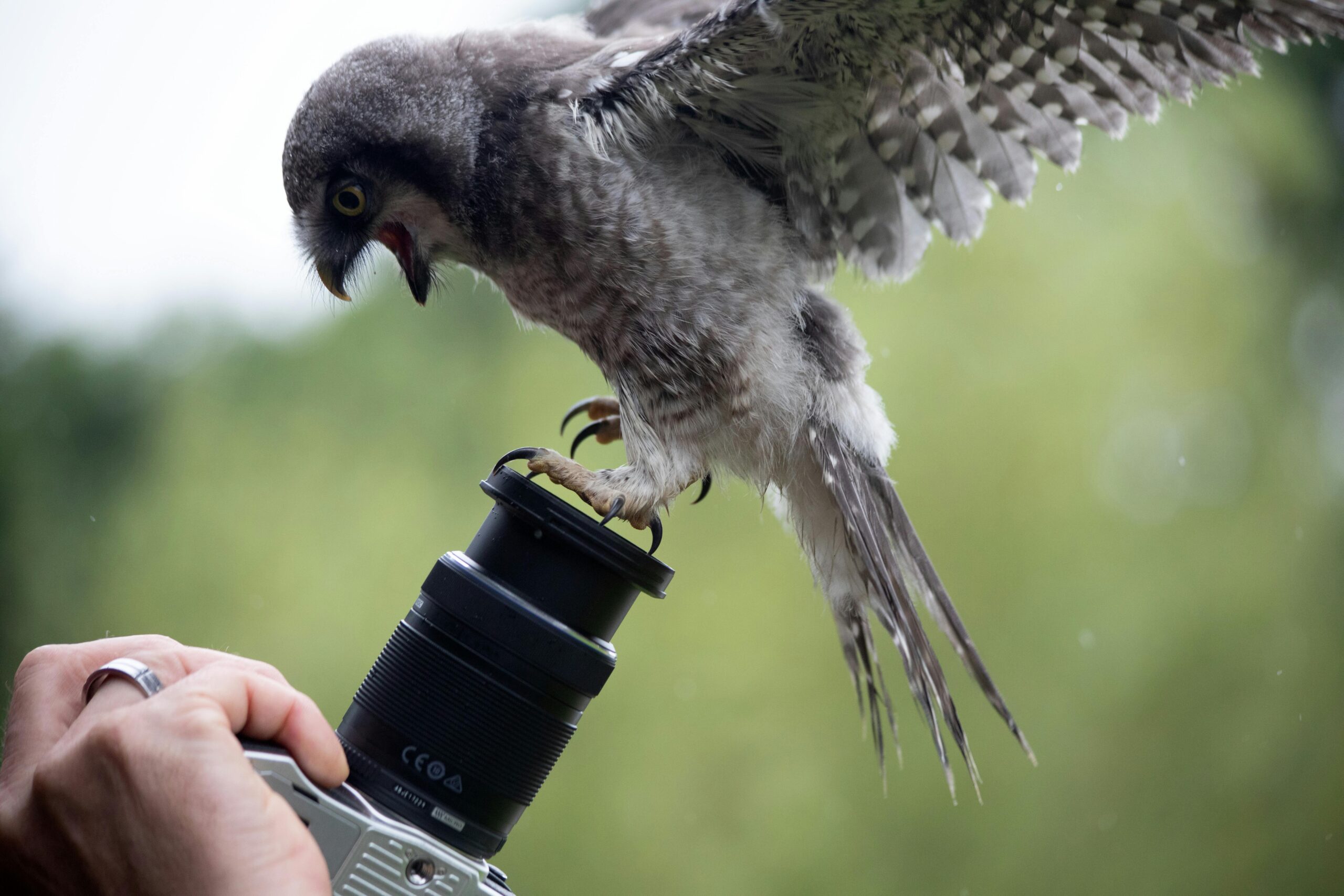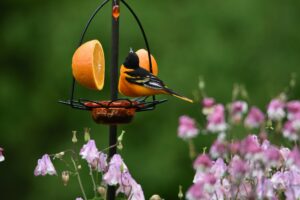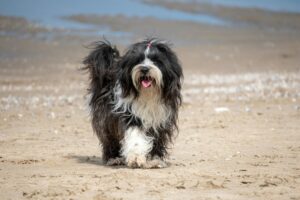
How to Photograph Birds in Flight
Understanding the Behavior of Birds in Flight
Birds in flight are a fascinating subject for photographers, but understanding their behavior is crucial to capturing stunning images. When birds take to the sky, they display a wide range of movements and patterns that can be both unpredictable and captivating. One important behavior to note is the various flight patterns exhibited by different bird species. Some birds fly in straight lines, while others soar and glide, or perform agile aerial acrobatics. By observing these flight patterns, photographers can anticipate the movement of birds and position themselves in the right place to capture the perfect shot.
Another behavior to consider is the flocking behavior of certain bird species. Birds often fly together in flocks, whether for migration or for safety in numbers. Understanding how and when birds flock can provide insight into possible photographic opportunities. For example, when a flock of birds takes off or lands as a group, it can create a captivating visual spectacle. By observing their behavior and staying patient, photographers can capture the incredible sight of a cohesive flock of birds in flight.
Choosing the Right Camera and Lens for Bird Photography
When it comes to bird photography, choosing the right camera and lens is crucial for capturing stunning images of these elusive creatures. The camera you select should have a fast autofocus system, as birds can move quickly and unpredictably. Look for a camera with a high continuous shooting speed to ensure that you capture all the action in sharp detail. Additionally, a camera with a large sensor will provide better image quality, especially in low-light conditions.
In terms of lenses, a telephoto lens is essential for bird photography. A focal length of at least 300mm is recommended to get close-up shots of birds in flight. Look for a lens with image stabilization to help reduce blur caused by hand shake. Additionally, a wide aperture, such as f/4 or wider, will allow you to achieve a shallow depth of field, isolating the bird from its background and creating a pleasing bokeh effect. Remember, investing in quality equipment will greatly enhance your chances of capturing impressive bird photographs.
Mastering the Basics of Exposure and Camera Settings
Exposure and camera settings play a crucial role in capturing stunning bird photographs. Understanding the basics of exposure is essential to ensure that your images are well-balanced, neither overexposed nor underexposed. One of the key settings to consider is the aperture, which controls the amount of light entering the camera and affects the depth of field. A wide aperture, such as f/2.8, allows more light and creates a shallow depth of field, resulting in a blurred background that can make the bird stand out. On the other hand, a narrow aperture, like f/11 or higher, increases the depth of field, ensuring that both the bird and its surroundings are in focus.
Shutter speed is another critical setting that determines how the camera captures motion. To freeze the fast movements of birds in flight, a high shutter speed is required, typically around 1/1000th of a second or faster. However, in situations where you may want to convey the motion or blur the wings for a sense of dynamism, a slower shutter speed can be used. It’s important to remember that a slow shutter speed may introduce camera shake, so use a tripod or image stabilization feature to maintain sharpness. Additionally, adjusting the ISO setting allows you to compensate for low light conditions. A higher ISO, such as ISO 800 or above, increases the camera’s sensitivity to light, but be cautious of introducing digital noise or graininess to your images.
Selecting the Ideal Shooting Location for Bird Photography
When it comes to bird photography, selecting the ideal shooting location is crucial for capturing stunning images. Birds tend to frequent specific habitats, so it is important to research and identify the places where the bird species you are interested in are commonly found. This could be a local park, a nature reserve, or even your own backyard. Understanding the natural habitats and the behavior patterns of the birds you want to photograph will greatly increase your chances of capturing them in their natural surroundings.
In addition to considering the bird species, it is important to pay attention to the lighting conditions in the shooting location. Soft, diffused lighting generally produces more appealing images compared to harsh, direct sunlight. Early morning or late afternoon light tends to be more favorable, as it creates a warm and soft glow, emphasizing the colors and details of the birds. It is also important to be aware of any potential obstructions or distractions in the shooting location, such as branches, wires, or busy backgrounds, as these can detract from the aesthetic quality of your photographs. By carefully selecting the ideal shooting location, you can greatly improve your chances of capturing captivating images of birds in flight.
Preparing and Setting Up Your Camera for Capturing Birds in Flight
To capture birds in flight effectively, it is crucial to prepare and set up your camera properly. The first step is to ensure that your camera is fully charged and that you have enough memory space on your memory card. Birds, especially in flight, are unpredictable, and their movements can be fast-paced. Therefore, it is essential to be prepared with ample storage so that you do not miss any crucial shots.
Next, it is important to consider the lens you will be using. For bird photography, a telephoto lens with a long focal length is typically recommended. This type of lens allows you to zoom in on birds from a distance without interrupting their natural behavior. Additionally, investing in a lens with image stabilization can be beneficial as it helps to counteract any camera shake caused by handholding the camera. This feature becomes especially useful when photographing birds in flight, where capturing sharp images can be challenging.
Techniques for Tracking Birds and Anticipating Their Movement
The key to capturing stunning images of birds in flight lies in mastering the techniques for tracking them and anticipating their movement. As these feathered creatures swiftly navigate through the sky, it’s essential to stay focused and ready to capture the perfect shot.
One effective technique is to use continuous autofocus mode on your camera. This setting allows your camera to constantly adjust the focus as the bird moves, ensuring that your subject remains sharp and well-defined. Additionally, using burst mode can help you capture a series of images in rapid succession, increasing the likelihood of getting that one perfect shot where the bird is in the ideal position and angle. By tracking the bird with your camera and being prepared to press the shutter at the right moment, you can capture the grace and beauty of birds in flight.
Capturing Sharp and Well-Composed Images of Birds in Flight
To capture sharp and well-composed images of birds in flight, it is crucial to have a solid understanding of your camera’s capabilities and settings. Ensure that you have a fast shutter speed to freeze the motion of the birds and prevent blur in your images. A minimum shutter speed of 1/1000th of a second is usually recommended, although faster speeds may be necessary for smaller and faster birds. Experiment with different settings to find what works best for you and the specific situation you are shooting in.
Composition is key when photographing birds in flight. Aim to have the bird positioned off-center in the frame to create a more dynamic and visually pleasing image. The rule of thirds can be applied by mentally dividing the frame into nine equal parts and placing the bird along these imaginary lines or at their intersections. Additionally, consider the direction of the bird’s movement and leave space in front of it to create a sense of motion. Don’t be afraid to try different angles and perspectives to add interest to your images. By mastering both the technical and artistic aspects, you can capture stunning and captivating images of birds in flight.
Utilizing Continuous Autofocus and Burst Mode for Action Shots
To capture clear and dynamic images of birds in flight, it is crucial to utilize continuous autofocus and burst mode on your camera. Continuous autofocus ensures that your subject remains sharp and in focus as it moves across the frame, while burst mode allows you to capture multiple frames per second, increasing your chances of getting the perfect shot.
When using continuous autofocus, it is important to select the appropriate autofocus mode on your camera. For birds in flight, the AI Servo or AF-C mode is recommended, as it continuously tracks and adjusts focus as the bird moves. This mode helps to maintain a sharp focus on the bird’s eye, which is the key to capturing detailed and compelling images.
In burst mode, your camera will rapidly capture a series of frames in quick succession with a single press of the shutter button. This allows you to freeze the motion of the bird’s wings and capture the precise moment you desire. By shooting in burst mode, you increase your chances of capturing that split-second action and obtaining a sharper image, especially when dealing with fast-flying birds. So, don’t hesitate to make use of these powerful camera features to elevate your bird photography to new heights.
Post-processing Tips to Enhance Your Bird in Flight Photographs
Post-processing plays a crucial role in enhancing the overall quality of your bird in flight photographs. One important tip is to start by adjusting the exposure and white balance. By fine-tuning these settings, you can ensure that the colors of the bird’s plumage are accurately represented, and any overexposed or underexposed areas are corrected. Additionally, you can also experiment with different levels of contrast, saturation, and vibrance to make your images pop. Be careful not to go overboard with these adjustments, as it can lead to an unnatural-looking final result.
Another valuable post-processing tip is to pay attention to the sharpness of your images. While capturing birds in flight requires quick movements from both you and the subject, the final images might not always be tack sharp. In post-processing, you can use sharpening tools such as the Unsharp Mask or High Pass filter to enhance the details and make the bird stand out. Adjust the settings cautiously to maintain a balanced and natural appearance without introducing excessive noise or artifacts. Finally, don’t forget to crop and straighten your images if needed to improve the composition and remove any distractions that may be present at the edges.
Ethical Considerations and Respecting Wildlife while Photographing Birds
When photographing birds in their natural habitat, it is important to prioritize ethical considerations and show respect towards the wildlife. One key aspect is to maintain a safe distance from the birds to avoid causing any distress or disruption to their behavior. This means being mindful not to get too close, especially during sensitive times such as breeding seasons or when birds are feeding or resting. By observing from a distance, you can capture their natural behaviors without causing any harm.
Furthermore, it is crucial to avoid altering the birds’ environment or behavior for the sake of getting a photograph. This means refraining from any actions that might disrupt their natural activities, such as using artificial attractants or baiting. It is essential to remember that the welfare of the birds should always come first. By practicing responsible wildlife photography, not only are we ensuring the well-being of the birds, but we are also being respectful stewards of nature.


